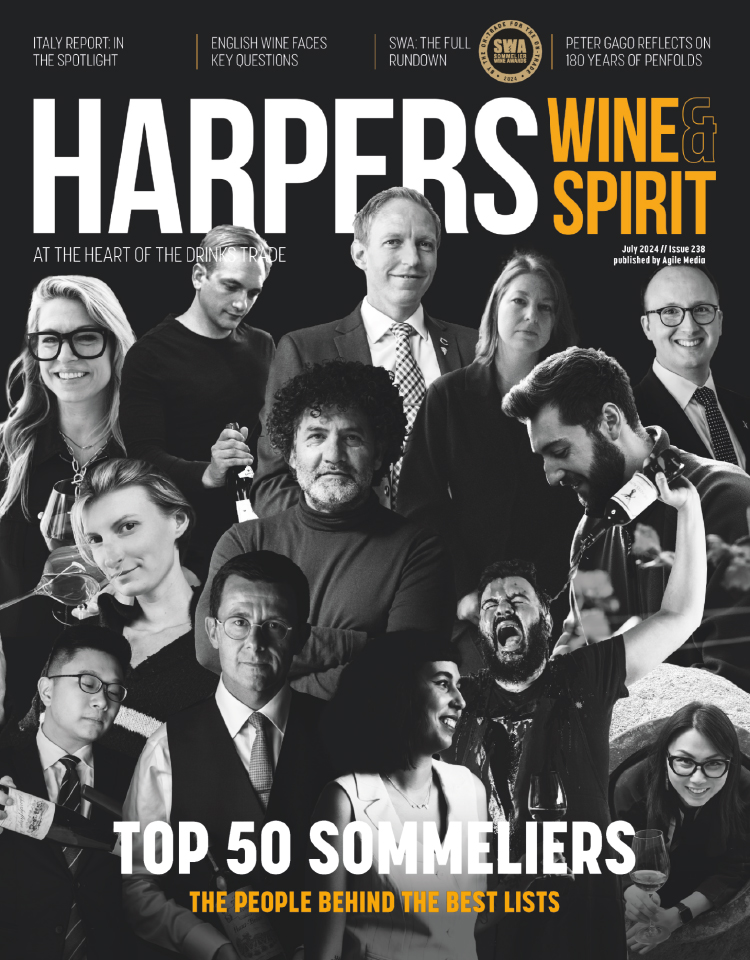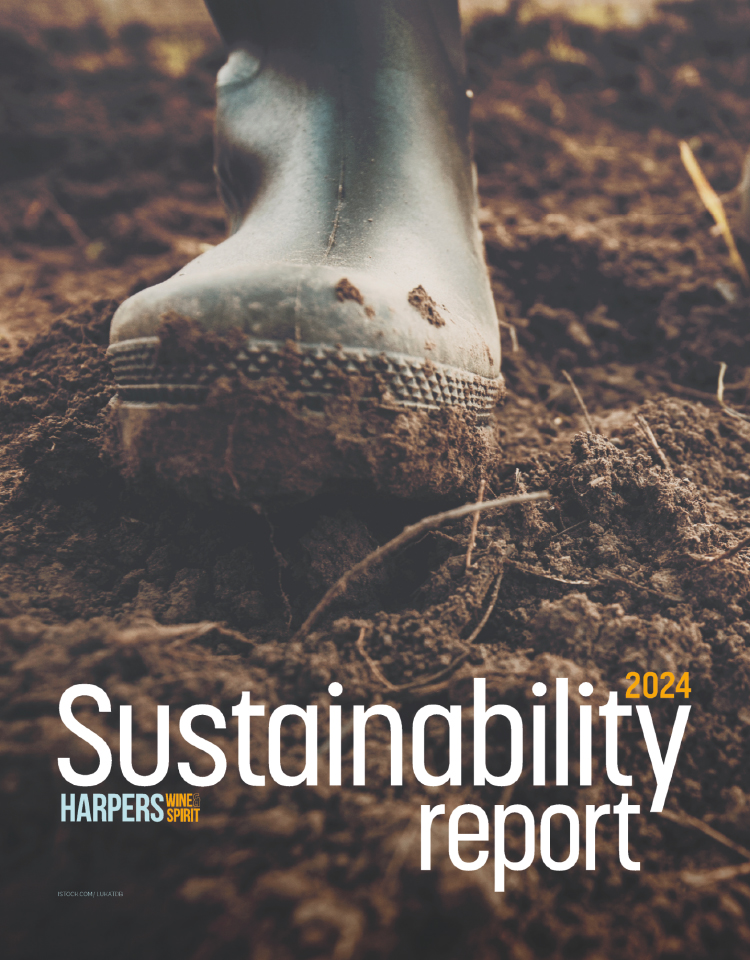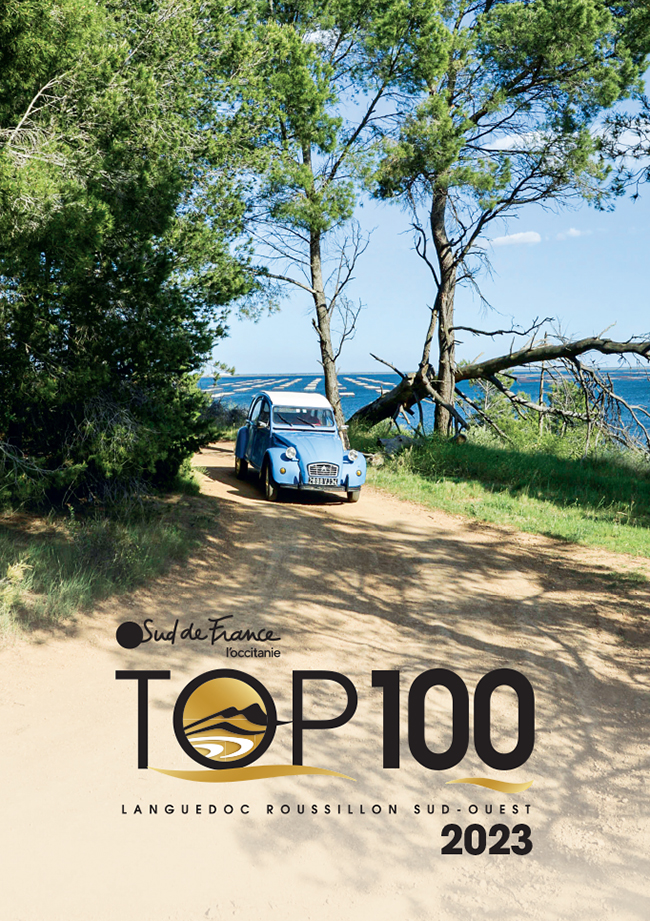
Premium rosé trend gathers pace
World-wide consumption of rosé has long seen a steady increase, growing 40% between 2002 and 2018, with three countries – France, United States and Germany - accounting for 60% of all volume consumed in 2018. But the category’s value proposition seems to be changing, with consumers increasingly seeking a sense of provenance, expression of terroir and varietal character (all data from Observatoire Mondial du Rosé).
This was the central message from the panel at a recent Rosé Trends seminar moderated by rosé expert Elizabeth Gabay MW, where Gérard Bertrand (Gérard Bertrand Wines), Nathalie Estribeau (Foncalieu), Bruno Mailliard (Grands Domaines du Littoral), Rosana Lisa (Ramón Bilbao) and Dimitris Skouras (Domaine Skouras) gave an overview of their rosé production and of the role it plays in their wider range and strategies.
All five speakers focused their presentations on how the rosé market has matured, with interesting results.
Although most bottles of rosé are still bought as a ‘lifestyle accessory’ within the wider context of a leisure moment, there is now growing demand for rosés as wines in their own right, deserving a place at the table rather than by the swimming pool. And this dynamic has catalysed the premium rosé trend, which has been embraced and driven along by those same panel members.
Gérard Bertrand opened the discussion by saying that rosé is definitely “ready for the next step” – namely terroir-driven wines, capable of ageing and with the same food-pairing potential as the best whites.
Bertrand talked about the approach in the vineyard and cellar steering the production of Clos de Temple, a blend of Cinsault, Grenache, Syrah and Viognier, currently selling at over £160 a bottle.
Initially dismissed as a branding stunt without market potential, it has become an iconic label of the Languedoc producer’s extensive portfolio.
Moreover, Clos de Temple is not alone, following the success of other three-digit pink wines, including Domaine Ott’s Étoile at £110 a bottle and Miraval’s Muse at £240 a magnum.
The importance of a terroir-focused approach was seconded by Bruno Maillard. His Grands Domaines du Litoral (GDL) group now views its rosé range in parallel with its whites, with place for more expensive and age-worthy labels. The group is lobbying for the establishment of an AOP Sable de Camargue and a Cru Pierrefeu in Côtes de Provence. GDL are also developing extensive research on rosé ageing and development.
Many were surprised when Ramon Bilbao included a rosado as part of its new single vineyard range – the Lalomba Finca Lalinde at £20 to £24 a bottle.
Rosana Lisa, innovation manager for the Rioja producer, described how extensive research on terroir and fermentation vessels led the production process. The wine is aged for five months on the lees in concrete tanks housed in an impressive purpose-built winery. Lisa pointed out that the decision to produce the Lalomba Rosé was not oblivious to changes in demand and again reported a shift to premium. Even though Spain reported a 4.7% decrease in rosé consumption in 2019, there was a 2.5% increase in value in the off-trade.
Still, Lisa called for moderated excitement. Although the demand for premium rosé has been a remarkable trend in the past few years, the market is still focused on volume, bulk production and low-pricing pressure, she said.
With a 39% share of world rosé exports, Spain leads in volume, but is third in value, with the premium echelons dominated by France and Italy.
Dimitris Skouras is another producer that entered the market with a rosé that defied price and style expectations, a blend of Agiorgitiko, Moscofilero and Syrah, fermented separately in, respectively, acacia barrels, concrete eggs and stainless steel. It is presented as a ‘high altitude’ rosé designed to be enjoyed with a meal and with a price point around £15 a bottle.
All speakers described how the quest for innovation has become key in the fight for market share, happening across all tiers, in branding and packaging. Premium rosé has become a branding exercise in itself, synonymous with luxury, often with perfume-like bottles. This has created a conundrum: while producers encourage consumers to cellar their premium rosés and talk of their ageing potential as a key selling-point, light-strike is increasingly becoming an issue that clear designer bottles do not solve.
The seminar, hosted by the Institute of Masters of Wine, gave an interesting perspective over the evolution of a style often dismissed by critics but much loved by consumers. The global export market has continuously seen an upward trend in volume from the top four producing territores (Italy, Spain, USA and France), up from 9.2 million hl in 2008 to 10.6 million hl in 2018. But, as discussed in the session, the increase in value has been more significant, up from €1.4bn in 2014 to €2.2bn in 2018, according to Observatoire Mondial du Rosé data.
The evolution of ex-cellar prices is another positive indicator, showing: a 46% increase in France between 2014 and 2018, from €2,4 to €3.5 average bottle price; an increase of 35% in Italy, from €1.7 to €2.3; 40% in Spain, from €0.5 to €0.7 in the same period.
Gabay, who has long championed the style and been a strong advocate for its age-worthiness and food pairing potential, closed the session with the hope that recent trends might finally bring a better understanding of rosé.
Keywords:
- Elizabeth Gabay MW
- pink
- lifestyle
- seminar
- Ramón Bilbao
- webinar
- Rosé Trends
- premium rose
- Gérard Bertrand (Gérard Bertrand Wines)
- Nathalie Estribeau
- Foncalieu
- Bruno Mailliard
- Grands Domaines du Littora)
- Rosana Lisa
- Dimitris Skouras
- Domaine Scours





